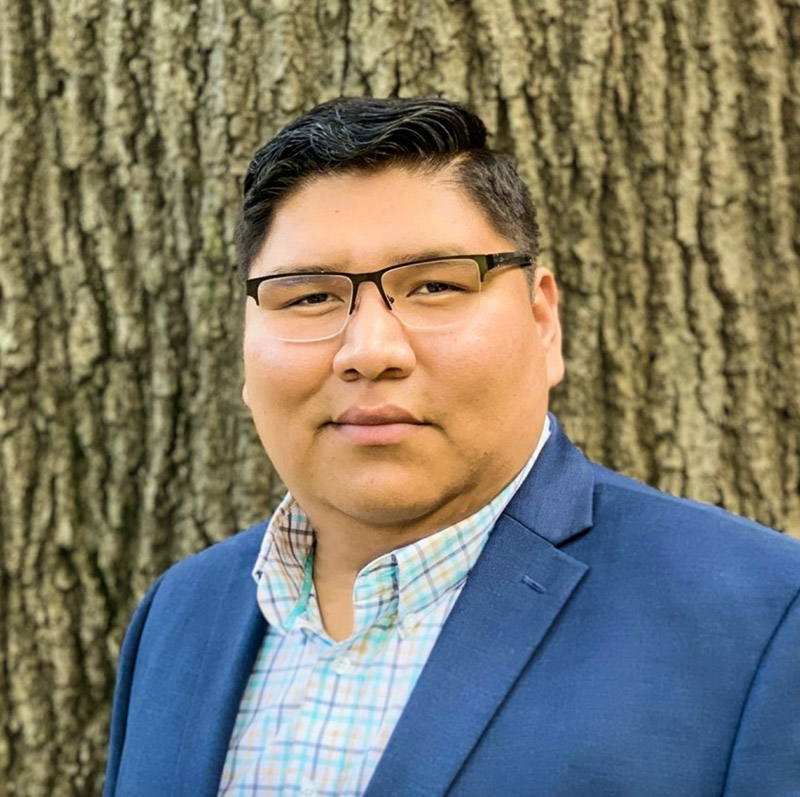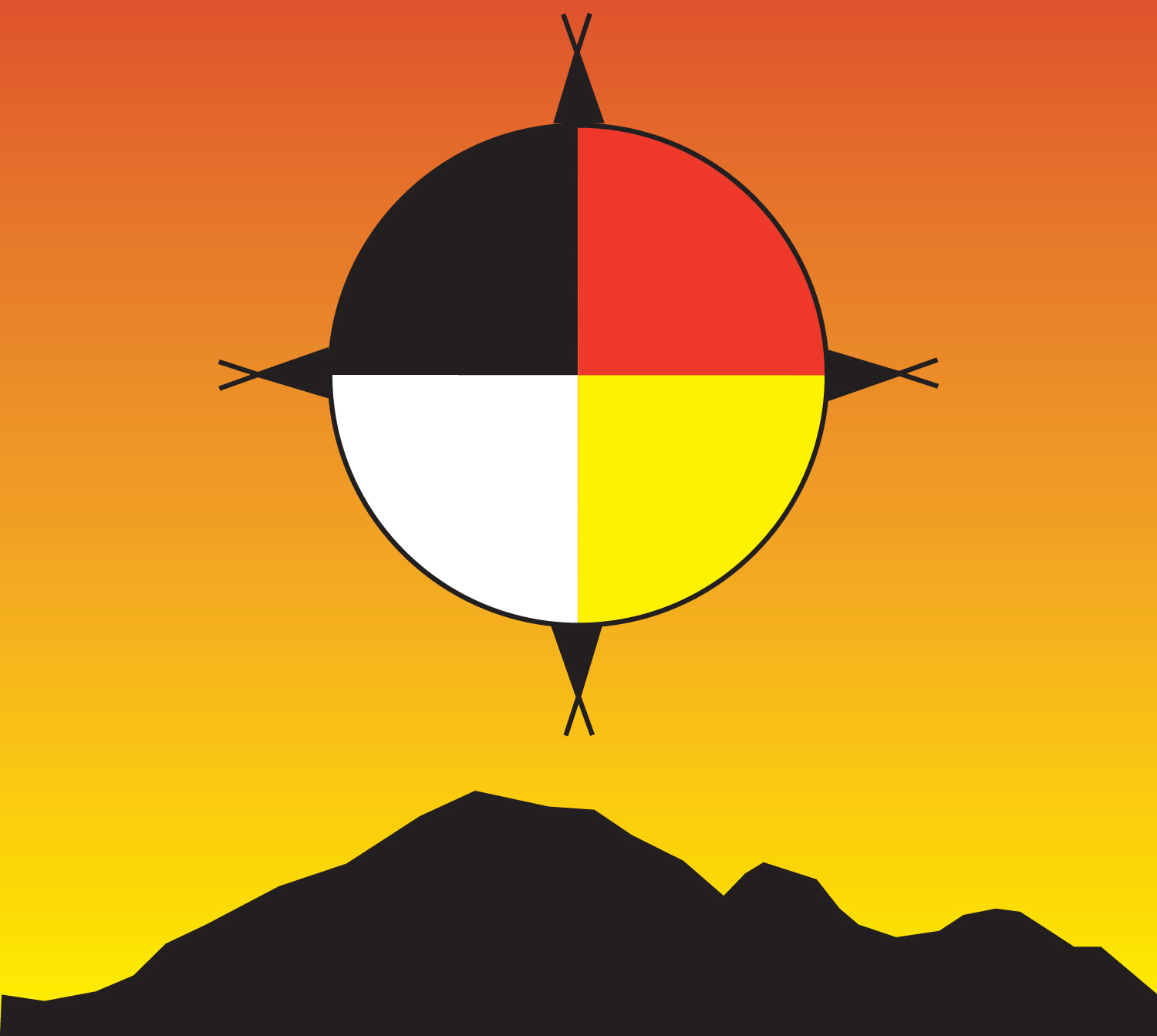Indianz.Com > News > Native Sun News Today: Tribes take steps to bridge digital divide

Internet will bring badly needed jobs to reservation
Thursday, October 29, 2020
Native Sun News Today Health & Environment Editor
PINE RIDGE – The Federal Communications Commission (FCC) notified the Oglala Sioux and 153 other tribes on October 23 that they succeeded in obtaining licenses to provide advanced wireless internet services, creating unprecedented prospects for Indian Country.
“We’ll see in the coming years how this is going to change our communities,” said Oglala Sioux Tribe Planning Office Program Manager Ernest Weston Jr. “I’m really excited for this opportunity because we have something very big here and we need to be very deliberate,” Weston told the Native Sun News Today.
On tribal lands, only 65 percent of the population has access to broadband, according to MuralNet, a non-profit company that is providing consultation to tribes on the FCC’s Rural Tribal Priority list.
Half of tribal rural households don’t even have access to a fixed wireless internet provider, which is over twice the rate of their non-tribal counterparts, MuralNet says.
On February 2, the agency began offering tribal governments complementary licensing of the radio airwave communication spectrum’s 2.5 GHz band of mobile and digital signal previously reserved for educational institutions.
On September 15, the FCC notified the Oglala Sioux Tribe and 156 other applicants that they qualified for license consideration after the agency’s Rural Tribal Window closed September 2. In announcing the granting of the licenses October 23, FCC Chairman Ajit Pai called them “a major step forward in our efforts to close the digital divide on tribal lands.” Pai recognized that “few communities face the digital connectivity challenges faced by rural tribes.” He said he has “seen first-hand the connectivity difficulties facing Native Nations.” By prioritizing tribal control over access to the Educational Broadband Service range, “We are ensuring that tribes can quickly access spectrum to connect their schools, homes, hospitals, and businesses,” he said. The agency now is distributing the 2.5 GHz band licenses to tribal communities. To take advantage of the offer, licensees must put their shares of the spectrum to use.The @FCC's issued the 1st set of 2.5 GHz spectrum licenses through the 1st-ever Rural Tribal Priority Window! From the Algaaciq Tribal Government of Alaska to the Zuni Tribe of New Mexico/Arizona, numerous Tribal entities now have prime airwaves to help close the #digitaldivide. pic.twitter.com/EtQk9BvuNC
— Ajit Pai (@AjitPai) October 23, 2020
Two years from now, licensees must submit evidence that they are providing service coverage to 50 percent of the population in their license area. This FCC stipulation means that 50 percent of the population in the service area must be able to access the service; it does not require a 50 percent adoption rate. Five years after the license is granted, licensees must show that they are providing service coverage to 80 percent of the population. If licensees lease their spectrum shares, then the service provided by lessees will be counted towards the buildout requirement. The license the Oglala Sioux Tribe obtained covers 2.7 million acres, one of the largest geographical areas of those granted. It stretches across the counties of Oglala Lakota, Bennett and Jackson, reaching to the original boundaries of the Pine Ridge Indian Reservation. In tooling up for the licensure, Weston’s office surveyed the connectivity needs of the reservation and targeted 12 communities “that don’t have access to broad band.” They are Red Shirt Table, Batesland, Wakpamni Area, Hilse, Potato Creek, North Allen, Yellow Bear, American Horse Creek, North Manderson, Georgetown, Lakeside, and Gooseneck. “In these communities we’re kind of pressed for time because equipment will need to be purchased with CARES Act dollars,” Weston said. The federal Coronavirus Aid, Relief, and Economic Security (CARES) Act funding to state and tribal governments is only applicable to expenses incurred since the pandemic outbreak March 1 through the end of December.On tribal lands, only 65 percent of the population has access to broadband. Half of tribal rural households don’t even have access to a fixed wireless internet provider. @Tribal252 @muralnetwork#TribalBroadband #DigitalDivide #NativeSunNewsTodayhttps://t.co/nhdpET4q63
— indianz.com (@indianz) September 24, 2020
NATIVE SUN NEWS TODAY
Support Native media!
Read the rest of the story on Native Sun News Today: Internet will bring badly needed jobs to reservation
Contact Talli Nauman at talli.nauman@gmail.com
Note: Copyright permission Native Sun News Today
Search
Filed Under
Tags
More Headlines
‘Nothing’s changed. Nothing’s gotten better’: President Trump’s nominee takes on Indian health
Native America Calling: A Mohawk chef on TV and a Native foods cookbook
Cronkite News: Arizona governor promises $7 million for NAGPRA work
Indian Country still on high alert over President Trump’s freeze on federal funding
Native America Calling: Federal funds under fire from President Donald Trump
Native America Calling: Balancing economic safety and development for payday loan businesses on tribal land
‘A step in the wrong direction’: President Trump’s funding freeze shakes up Indian Country
Native America Calling: From road access to ICE immigration raids, tribes are asserting sovereignty
President Trump’s ‘love’ for Lumbee Tribe only goes so far in fight for federal recognition
NAFOA: 5 Things You Need to Know this Week (January 27, 2025)
Chuck Hoskin: Cherokee Nation reaches trust settlement with United States
Native America Calling: Native American representation in television news
Native America Calling: Native youth building the foundation for future leadership
Republicans forced to defend record on Indian issues at start of new Congress
Native America Calling: How it started, how it’s going with Donald Trump
More Headlines
Native America Calling: A Mohawk chef on TV and a Native foods cookbook
Cronkite News: Arizona governor promises $7 million for NAGPRA work
Indian Country still on high alert over President Trump’s freeze on federal funding
Native America Calling: Federal funds under fire from President Donald Trump
Native America Calling: Balancing economic safety and development for payday loan businesses on tribal land
‘A step in the wrong direction’: President Trump’s funding freeze shakes up Indian Country
Native America Calling: From road access to ICE immigration raids, tribes are asserting sovereignty
President Trump’s ‘love’ for Lumbee Tribe only goes so far in fight for federal recognition
NAFOA: 5 Things You Need to Know this Week (January 27, 2025)
Chuck Hoskin: Cherokee Nation reaches trust settlement with United States
Native America Calling: Native American representation in television news
Native America Calling: Native youth building the foundation for future leadership
Republicans forced to defend record on Indian issues at start of new Congress
Native America Calling: How it started, how it’s going with Donald Trump
More Headlines
